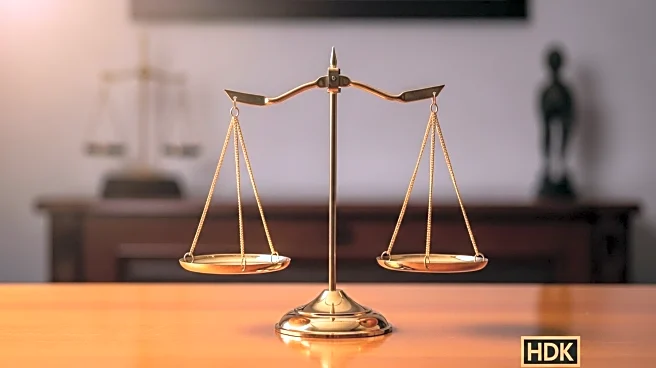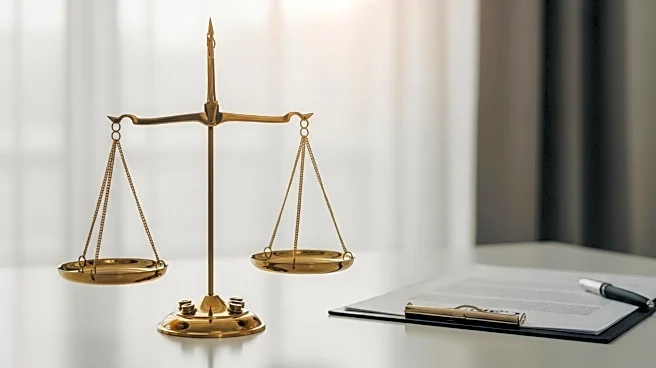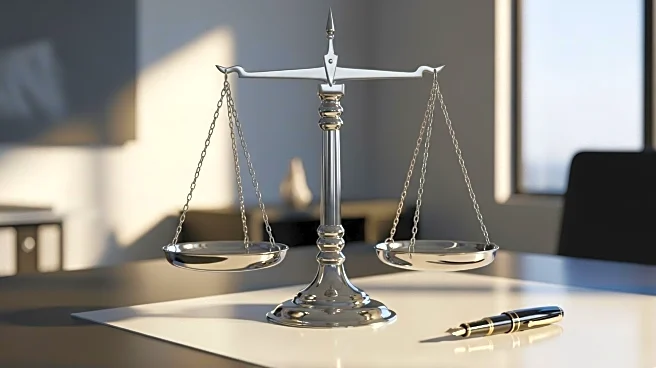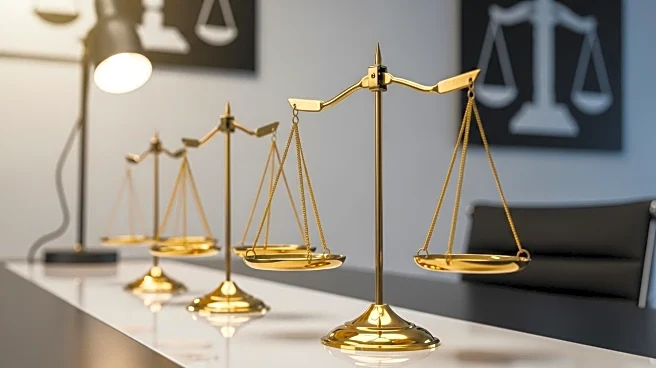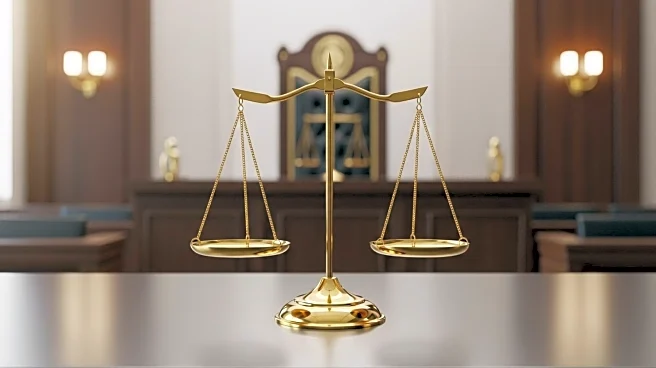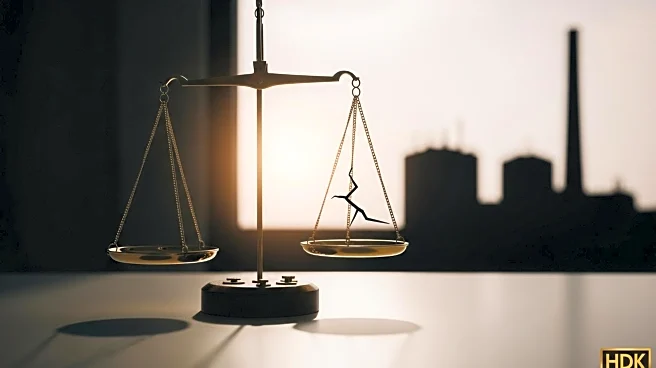What's Happening?
The U.S. Court of Appeals for the Sixth Circuit has affirmed a district court's decision in the case of Buchanan v. Johnson & Johnson Consumer, Inc., emphasizing the need for expert testimony to establish causation in product liability and toxic tort cases. Plaintiff Cyndi Buchanan claimed that Johnson & Johnson's OGX shampoo and conditioner caused her hair loss, supported by expert testimony from Dr. Robert Schwartz. However, Schwartz's testimony was deemed speculative as he could not definitively link the products to Buchanan's hair loss. The court ruled that such speculative testimony is insufficient to create a genuine dispute of material fact, leading to summary judgment in favor of Johnson & Johnson.
Why It's Important?
This decision underscores the critical role of expert testimony in litigation, particularly in cases involving complex medical causation. It highlights the necessity for plaintiffs to provide expert opinions that can substantiate claims of causation beyond mere speculation. The ruling may influence future litigation strategies, prompting defendants to challenge the sufficiency of expert testimony more rigorously. It also raises potential choice-of-law questions regarding the procedural versus substantive nature of state requirements for expert testimony, which could impact how similar cases are adjudicated.
What's Next?
The Sixth Circuit's decision may lead to increased scrutiny of expert testimony in similar cases, potentially affecting how plaintiffs prepare their cases. Legal professionals might need to consider the implications of this ruling when advising clients on the admissibility and sufficiency of expert evidence. Additionally, the court's comments suggest a willingness to explore conflict-of-law issues, which could become pivotal in future litigation involving complex causation claims.
Beyond the Headlines
The ruling may prompt discussions on the ethical responsibilities of expert witnesses in providing clear and definitive opinions. It also highlights the legal challenges in balancing state and federal evidentiary standards, which could lead to broader debates on harmonizing these standards across jurisdictions.
